Pad See Ew – the popular Thai stir fried noodles straight from the streets of Thailand made at home! While Pad Thai is sweeter and nuttier, Pad See Ew is salty, balanced with a touch of sour and a wonderful chargrilled flavour which you can create at home!
This is a reader-favourite recipe included by popular demand in my debut cookbook “Dinner”!

Pad See Ew
Pad See Ew, which means “stir fried soy sauce noodles”, is an extremely popular Thai street food meal and one of the most popular noodles dishes at Thai restaurants here in Australia.
Making a great Pad See Ew at home simply comes down to two things:
The right sauce. Basic recipes online will instruct you to use little more than just soy sauce and sugar. It takes a little more than that!
Caramelising the noodles – Getting a little caramelisation on the noodles makes all the difference between an “ok” and “wow, it’s JUST like you get at restaurants!”.
The trick? Remove the stir fry ingredients. Cook the noodles with sauce separately. Less stuff in the wok (or skillet) = easier to caramelise the noodles. At least, at home. If you’ve got a giant restaurant wok burner, you don’t need to do the noodles separately!
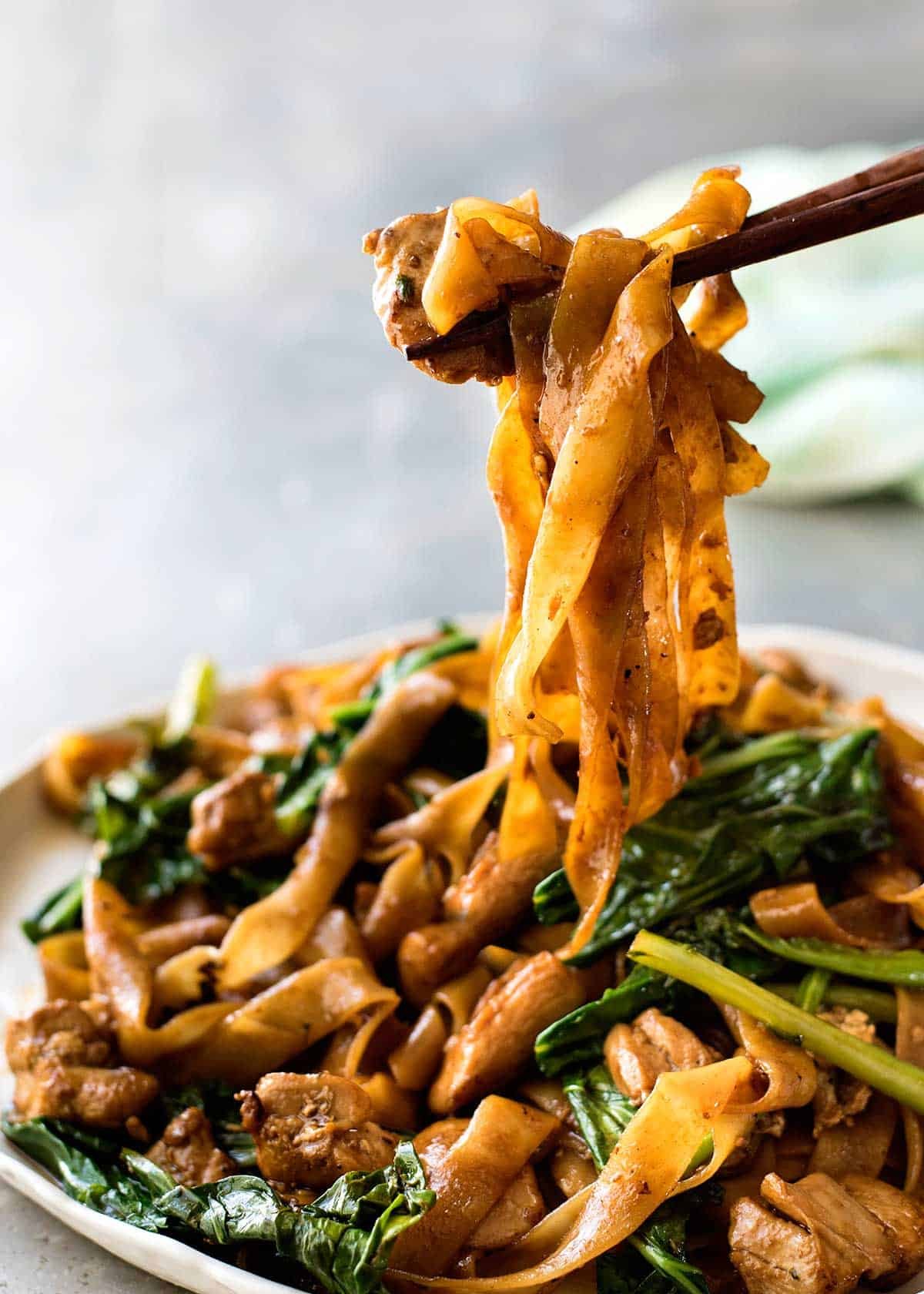
What goes in Pad See Ew
I can’t remember where I originally got the recipe from. Probably from David Thompson, the famous Australian chef who has dedicated his life to mastering the art of Thai cooking. I’ve made it so many times over the years, I can almost make it with my eyes closed. (Not really….but you know what I mean!)
So I had to actually measure the ingredients properly to share the recipe!
1. Pad See Ew Sauce ingredients
Pad See Ew has a sweet-savoury-touch-of-sour flavour, and this is made with a combination of the following ingredients:
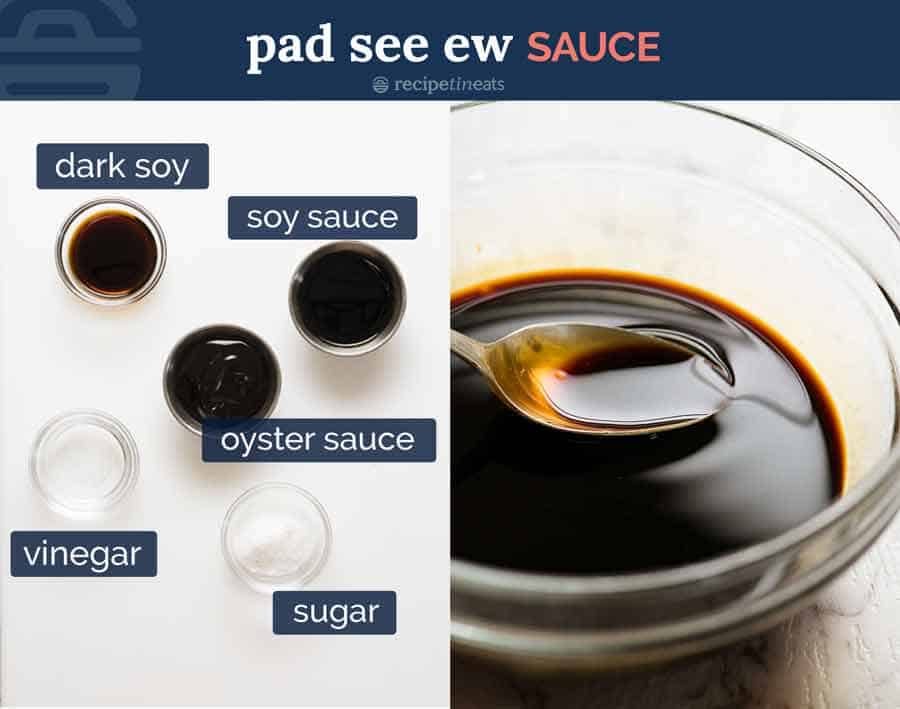
Dark soy sauce – For flavour and staining the noodles a dark brown.
Ordinary or light soy sauce – For seasoning (salt) and a bit of flavour. Most of the flavour comes from the oyster sauce and dark soy sauce. More on different soy sauces and when you can substitute with what in this About Soy Sauces post.
Oyster sauce – Key ingredient, it’s like 10 difference sauces mixed up in one bottle!
Vinegar – To balance the sweet and savoury. Some form of sour is a key ingredient in South East Asian cooking!
Sugar – For sweetness.
2. Pad See Ew ingredients
And here are the other ingredients for Pad See Ew:

Noodles – Pad See Ew is traditionally made with Sen Yai, which are wide, thin fresh rice noodles that are not easily accessible. Even most Asian stores in Sydney do not sell them – you usually need to go to a Thai grocery store.
So it is perfectly acceptable, and just as delicious, to make them with any wide flat rice noodles. I use dried rice noodles labelled as “Pad Thai” Rice Noodles (pictured below) because they are the widest available at the supermarket.
Once rehydrated, they’re essentially Sen Yai Noodles – just not quite as wide.
Chinese Broccoli / Gai Lan – This is a key authentic ingredient in Pad See Ew. Otherwise known as Gai Lan or Kai lan, it’s leafy and looks quite different to broccoli, but you’ll notice a similarity in the texture of the stems (hence the name).
If you can’t find it, just sub with other Asian greens, or a combination of broccoli or broccolini + spinach.
Chicken and egg – Feel free to use other proteins if you wish. But chicken is by far the most popular.
How to make Thai Stir Fried Noodles
Usually when making stir fried noodles, we toss everything together in one big pan or a wok.
But for Pad See Ew made at home, I do things differently to best replicate a restaurant flavour and minimise noodle breakage:
Cook chicken and vegetables first, then remove
Add noodles and sauce, toss to caramelise (just 15 seconds), then add chicken and vegetables back in.
Reason: A signature flavour in Pad See Ew is the caramelisation of the noodles. Restaurants and street vendors achieve this with super powered gas stoves with fiery heat that you’ll never find in a home kitchen. The only way to replicate that caramelisation on the noodles on a home kitchen stove is to declutter the wok and cook the noodles separately – the noodles will caramelise in 15 seconds.
The other reason is that rice noodles break if you toss them too much. Doing the two-stage toss makes it much easier and faster to disperse the sauce and bring the Pad See Ew together.
Trust me on this point. I’ve made a LOT of Pad See Ew at home in my time, and the two-stage toss it the easiest and most effective technique!

Garlic, chicken and Chinese broccoli STEMS first – Using either a wok or large skillet set over high heat, heat the oil then sauté the garlic until it goes light golden. Add the chicken then once it mostly changes from pink to white, add the Chinese broccoli stems which take longer to cook than the leafy part.
Once the chicken is cooked (it should only take 2 to 3 minutes), toss the Chinese broccoli leaves in and cook for 30 seconds or so just until wilted.
Push everything to the side to make room to scramble the eggs on the side. This is the traditional Thai way of scrambling eggs in Pad See Ew!
Crack egg straight into the wok.
Scramble egg – Then mix to scramble it. Speed is of the essence here – we want scrambled egg not a sunny side up egg!
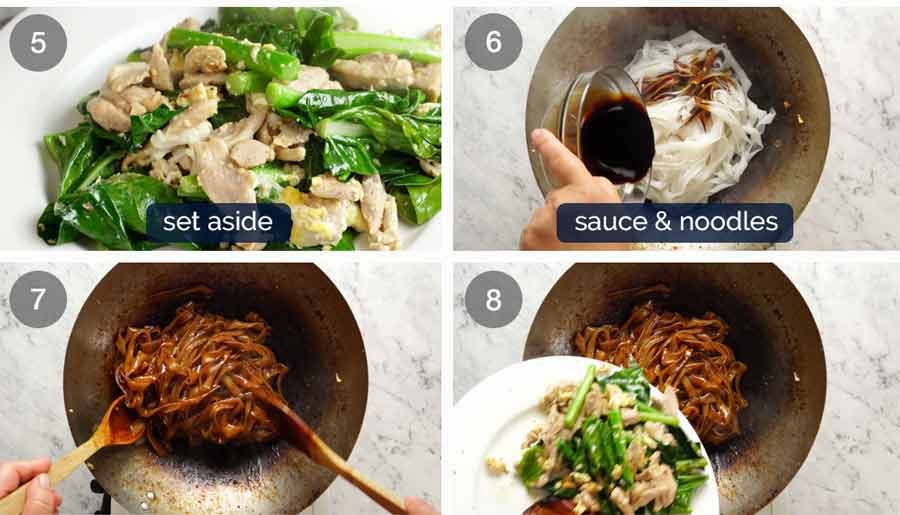
Empty wok – Remove the chicken and vegetables onto plate. As mentioned above, the best way to cook Pad See Ew at home is to cook the noodles separately so we can get some nice caramelisation on them. If we don’t do this, then the noodles just stew instead of caramelising.
Add noodles and sauce into the wok.
Toss quickly for 1 to 1 1/2 minutes until the sauce is dispersed throughout the noodles and you see some caramelisation on the edges.
PRO TIP: You want to be quick here because the longer and more you toss, the more noodle breakage you have. You’ll notice restaurants typically toss the noodles in the wok without using a wooden spoon or other tool for stirring – this too helps to minimise noodle breakage.
A note on Noodle Breakage – That said, you WILL get some noodle breakage, and that is normal / perfectly acceptable. Ever notice how the wide, flat noodles in Pad See Ew served at Thai restaurants are not long strands? That’s just the way it is. In fact, traditionally, Pad See Ew is served in Thailand with a FORK or spoon instead of noodles for ease of eating.
Add chicken and veg back in – Once the noodles are caramelised, add the chicken and vegetables back in. Give it a quick toss just to disperse, then serve!

As with all stir fries, once you start cooking, it moves very fast! So have everything prepared and ready to throw into the wok because there’s not time to be scrambling around the kitchen!
If you want to add a fresh side, try this Asian Slaw – it’s a great all rounder that goes with all Asian foods. – Nagi x
Watch how to make it
This recipe features in my debut cookbook Dinner. The book is mostly new recipes, but this is a reader favourite included by popular demand!
Hungry for more? Subscribe to my newsletter and follow along on Facebook, Pinterest and Instagram for all of the latest updates.
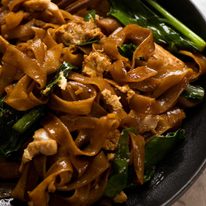
Pad See Ew – Thai Stir Fried Noodles
Ingredients
Noodles
- 200g / 7 oz dried wide rice stick noodles , or 15 oz / 450g fresh wide flat rice noodles (Sen Yai) (Note 1)
Sauce
- 2 tsp dark soy sauce (Note 2)
- 1 1/2 tbsp oyster sauce
- 1 tbsp light soy sauce (or all purpose, Note 3)
- 2 tsp white vinegar (plain white vinegar)
- 2 tsp sugar (any type)
Stir Fry
- 3 tbsp peanut or vegetable oil , separated
- 2 cloves garlic cloves, very finely chopped
- 1 cup / 150g / 5oz chicken thighs (boneless, skinless), sliced (Note 4)
- 1 large egg
- 4 stems Chinese broccoli (Note 5)
Instructions
Preparation:
- Chinese Broccoli – trim ends, cut into 7.5cm/3" pieces. Separate leaves from stems. Cut thick stems in half vertically so they're no wider than 0.8cm / 0.3" thick.
- Noodles – Prepare according to packet directions and drain. Time it so they’re cooked just before using – do not leave cooked rice noodles lying around, they break in the wok.
- Sauce – Mix ingredients until sugar dissolves.
Cooking:
- Heat oil: Heat 1 tbsp oil in a very large heavy based skillet or wok over high heat.
- Cook garlic and chicken: Add garlic, cook 15 seconds. Add chicken, cook until it mostly changes from pink to white.
- Chinese broccoli STEMS: Add Chinese broccoli stems, cook until chicken is almost cooked through.
- Chinese broccoli LEAVES: Add Chinese broccoli leaves, cook until just wilted.
- Scramble egg: Push everything to one side, crack egg in and scramble.
- REMOVE chicken from wok: Remove everything in the wok onto a plate (scrape wok clean).
- Caramelise noodles: Return wok to stove, heat 2 tbsp oil over high heat until it starts smoking (HOT is key!). Add noodles and Sauce. Toss as few times as possible to disperse Sauce and make edges of noodles caramelise – about 1 to 1 1/2 minutes.
- Add chicken back in: Quickly add chicken and veg back in, and toss to disperse. Serve immediately!
Recipe Notes:
Nutrition Information:
Originally published 2014, updated 2016. Updated over the course of the years with improved photos, the addition of ingredients and process photos as well as a recipe video. Recipe also updated with a more effective cooking method – cooking the ingredients in two batches. No change to ingredients, but yields a better caramelisation and easier to cook – read in post for explanation.
MORE THAI TAKEOUT FAVOURITES
Love noodles? Me too! See my entire Noodle recipes collection.
Life of Dozer
When Dozer ate a VERY spicy piece of chilli biltong!!

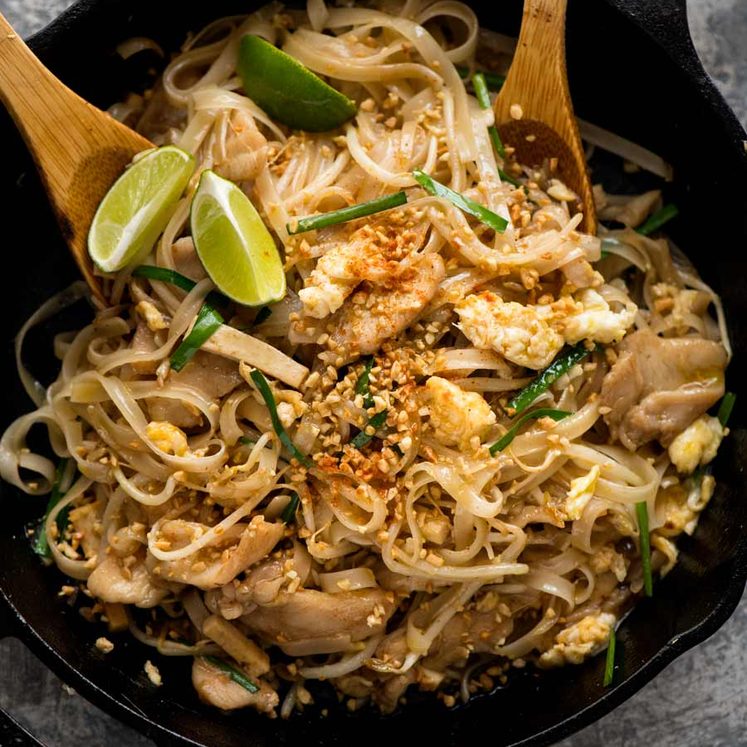
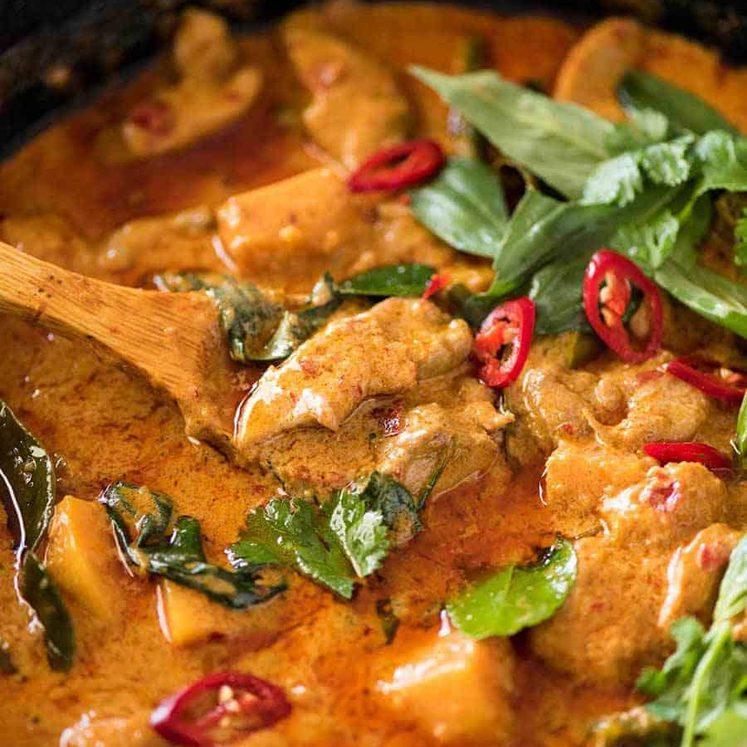
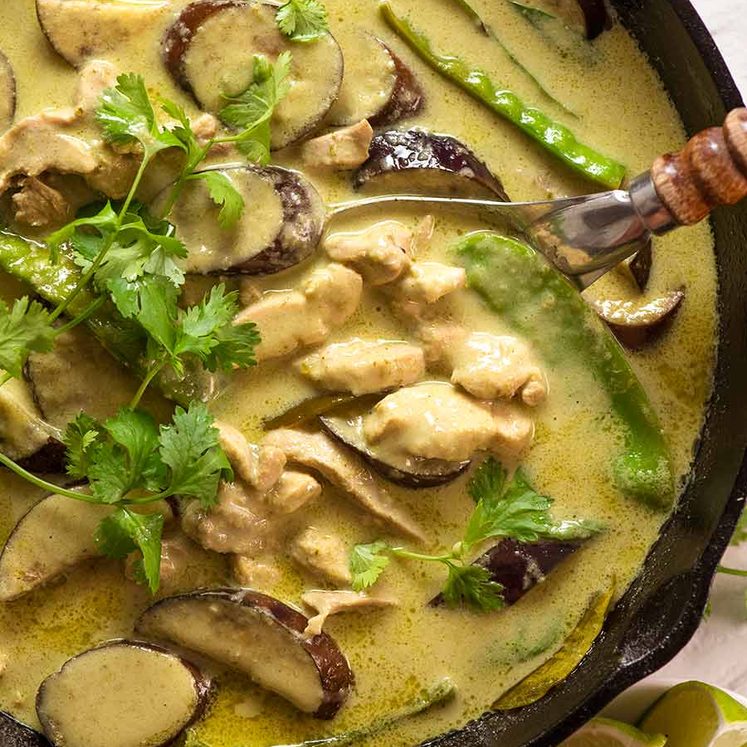

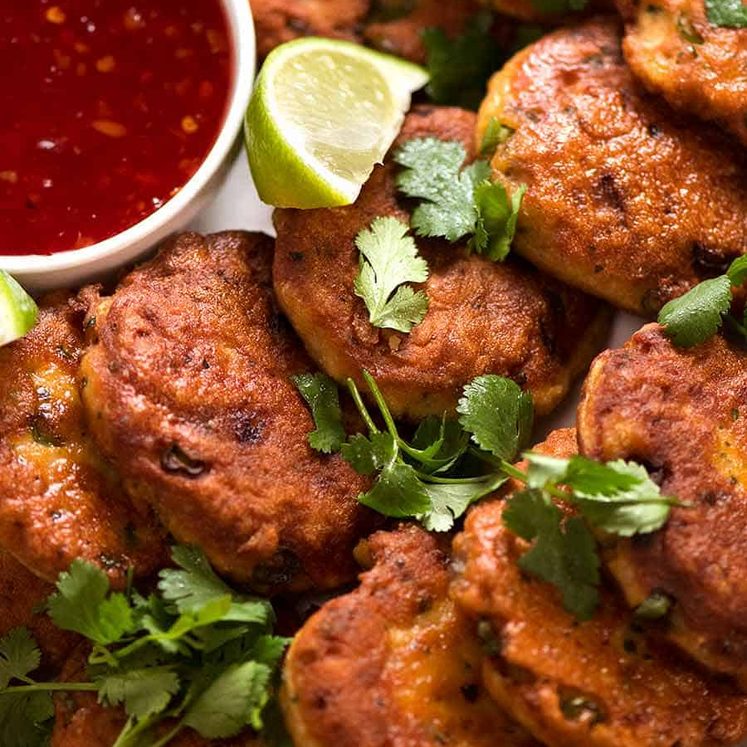
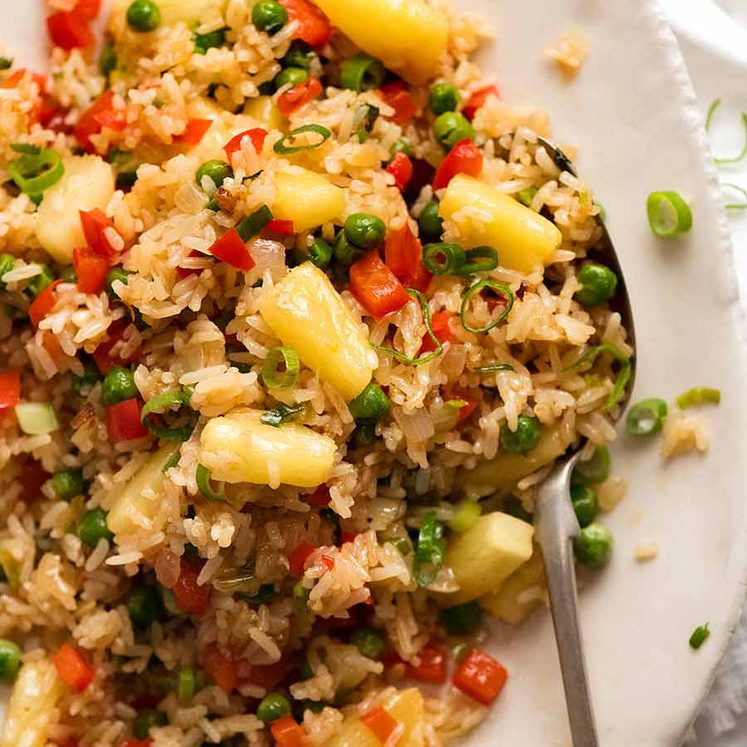
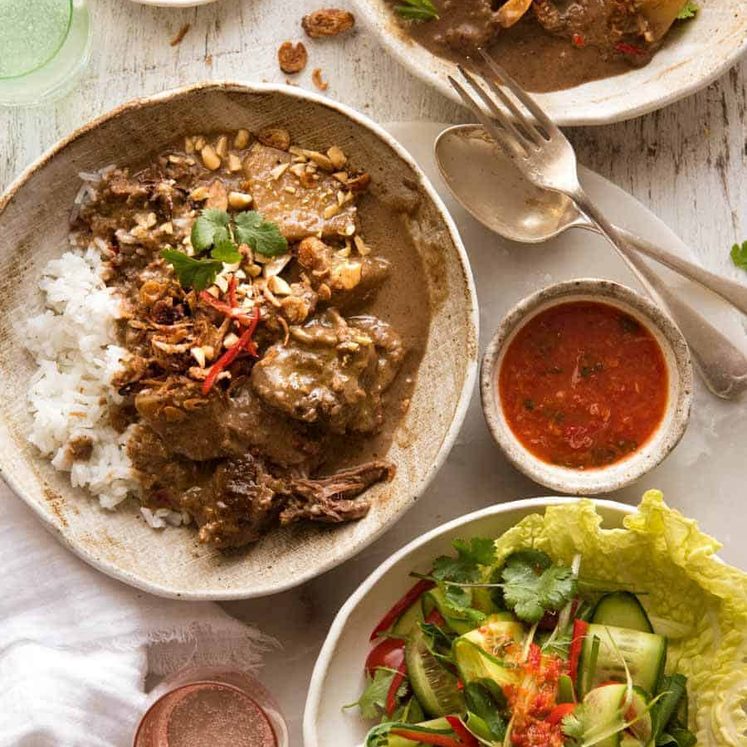

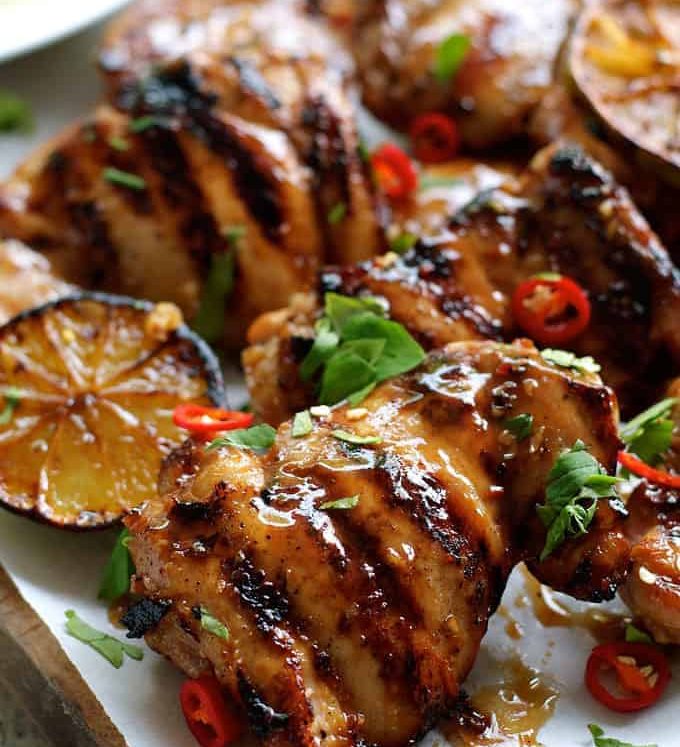
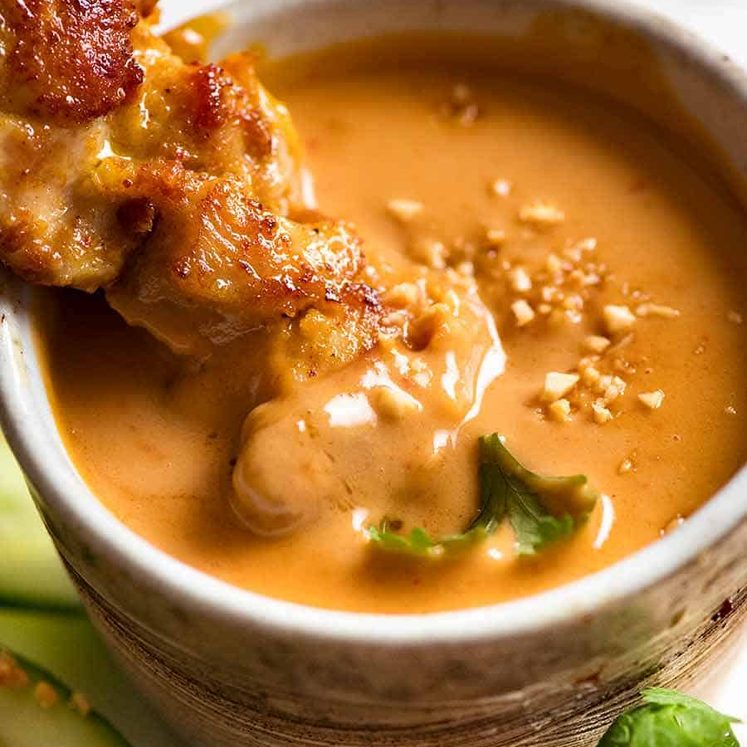
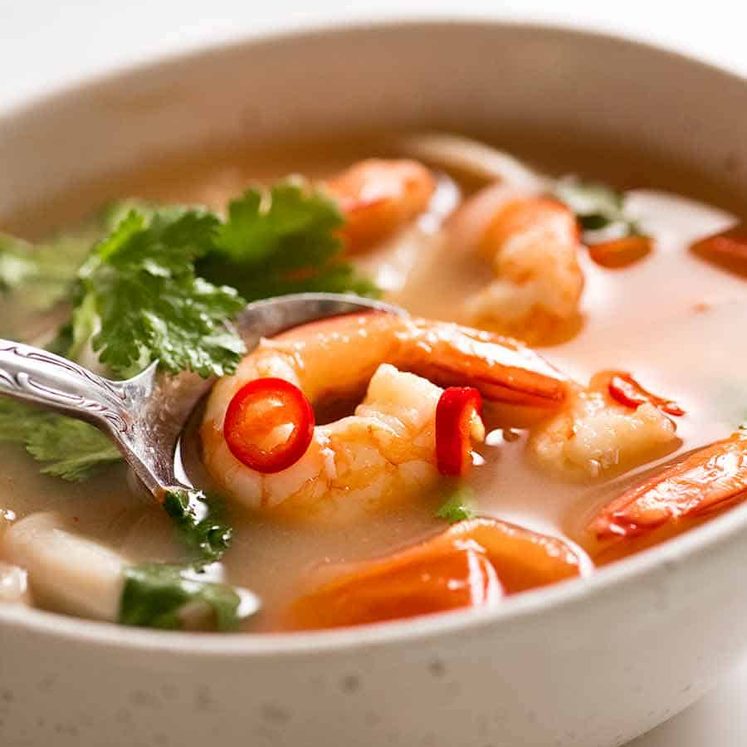
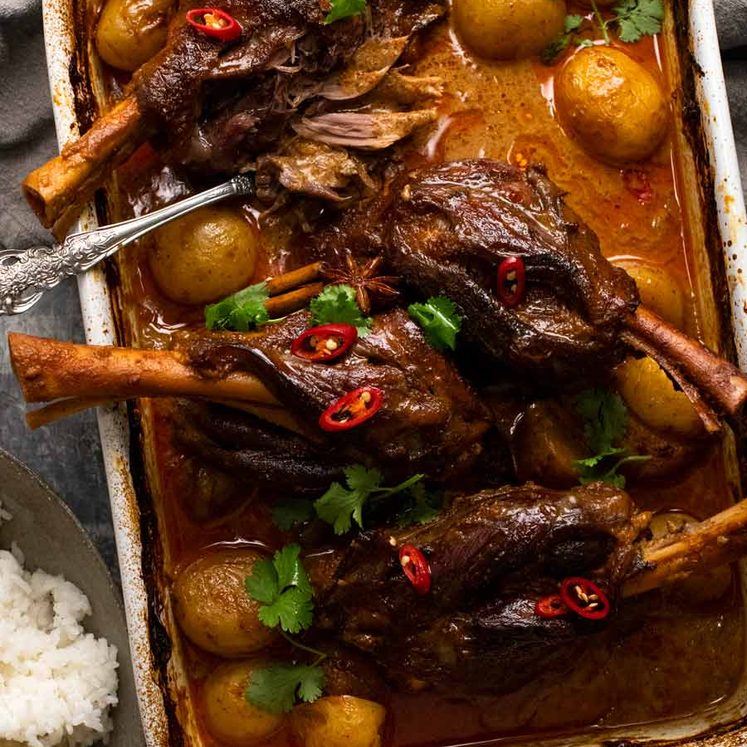
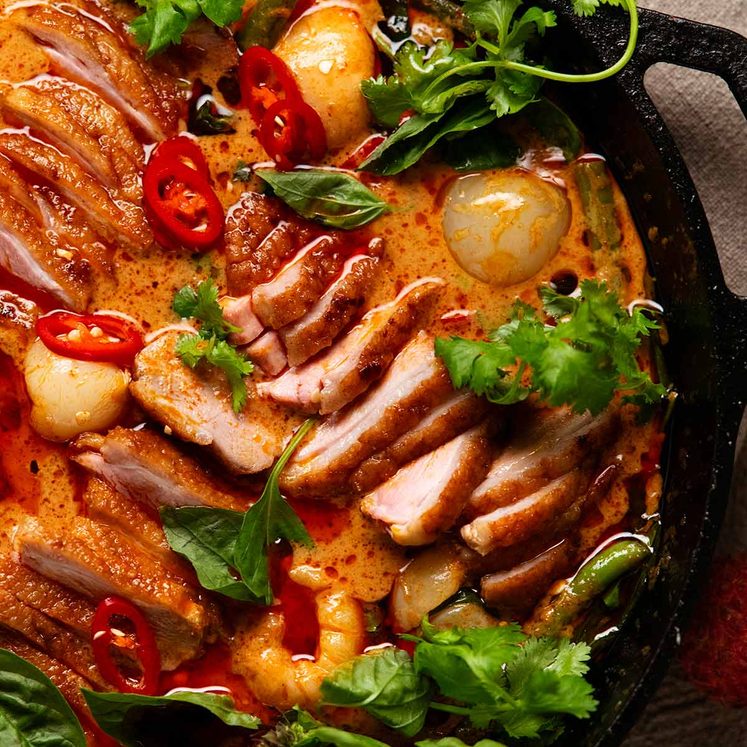
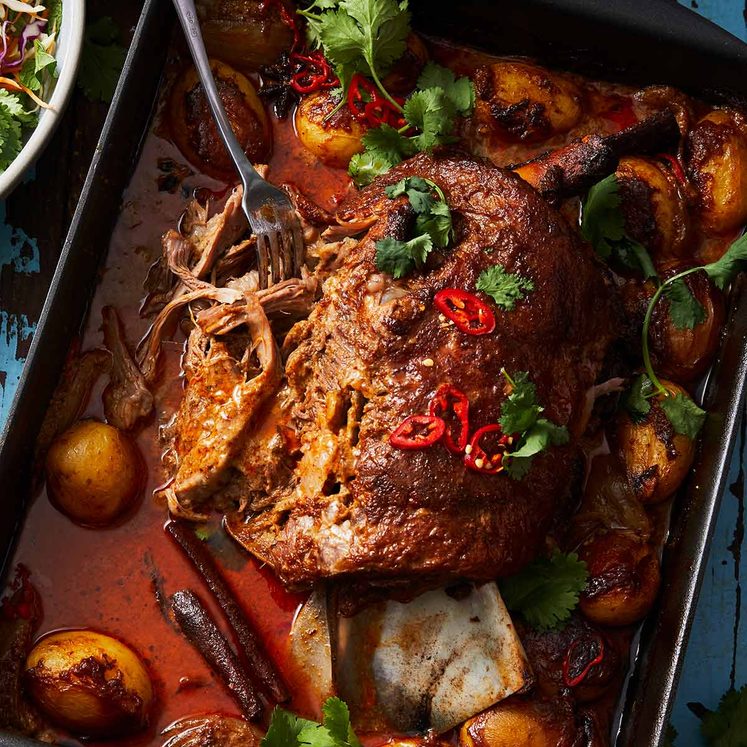
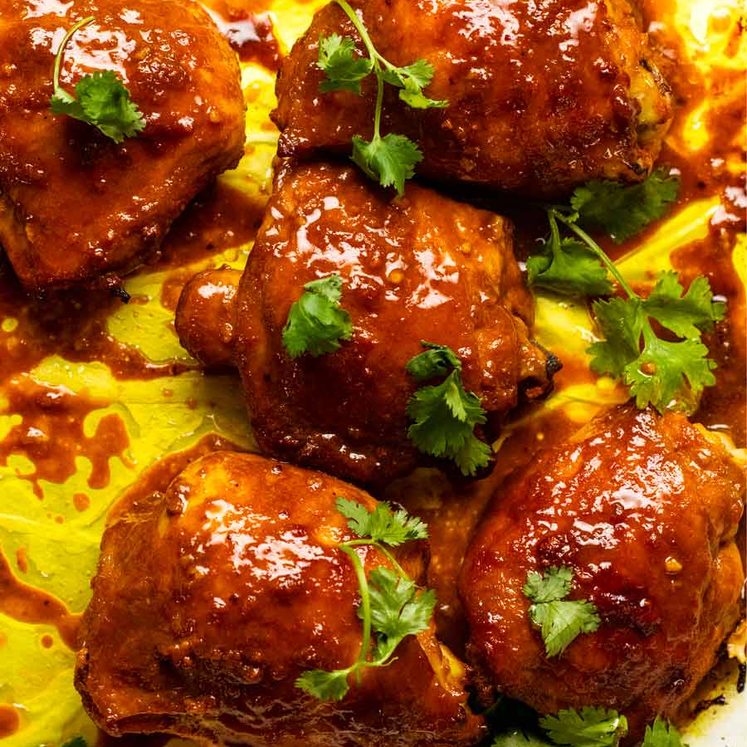
Made this twice this week. So quick and easy and delicious.
Ever since COVID started, I’ve been missing Pad See Ew but we need to be extra careful due to my dad having cancer. So, I decided to look around for Pad See Ew recipes to learn how to make it. The first time I cooked this recipe, my family LOVED it so much that I’ve been making it every weekend since! We always drizzle some chili oil on top and it’s perfect!
HI! I wanted to let you know I love your site and recipes. My wife loves Pad See Ew and your site gave me the courage to make it. It also gave me an excuse to get a wok 🙂
Perfect Jorge!! N x
Just have lunch, and this recipe is really really sooo good!
Hello! We just made this recipe, threw in spicy chili oil at the end and it was amazing! Out of curiosity, can you include the brand/pictures of the dark soy, soy and oyster sauces you use for this dish? There’s so many variations at the Asian market and I feel like their flavors are all a bit different. It would be much appreciated!
Hi! Can I use Apple cider vinegar instead of white vinegar?
Hi Jess, yes that or rice wine vinegar will work. N x
Given the importance of the oyster sauce to this recipe–does anyone have a good suggestion for vegetarian oyster sauce we can make at home? Have not been able to find anything premade. Looking forward to trying the recipe soon!
I subbed kikkoman sweet soy glaze and it was great! similar consistency to oyster sauce and has similar balance of sweet and salty
Hi Colette, I’ve never made it nor even tried to make a vegetarian version. The only suggestion I have is the vegetarian version available in stores! N x
Amazing! Tastes just like a restaurant. Will definitely be making this again and again!
This is delicious and tastes just like from a restaurant, even better bc it’s less greasy! I was able to get the correct kind of fresh noodle sheets at 99 Ranch in California, I thought they’d be chow fun noodles, but when I opened them, they were the sheets (they had a Vietnamese name). Your recipes are the best!
Never leave comments on anything but what a perfect recipe this was. Clear instructions and these noodles are exactly what I was looking for! After having them regular from a local takeaway in Sydney I’ve missed them so much and couldn’t be happier that I can make them at home. Unreal!
I have a question about the “dark soy sauce.” Is this just a typical dark colored soy sauce that is dark in color, but not necessarily saltier? Or is this the “dark soy sauce” that is sweet. I think the latter is often what is used for pad see ew, but your description didn’t sound like it was the sweet, thick dark soy sauce.
The one I have seems thick and salty/strong but not especially sweet. It’s just called “dark soy sauce” (lee kum kee brand). It worked out perfectly in the recipe.
I honestly never write reviews for recipe but this is full proof, easy, and delicious. I made this a couple times now and I always change up the vegetable and proteins. One day I even forgot to add the oyster sauce but it was still so delicious!
This recipe was awesome! I served it to my 71 year old Dad and my 21 year old son who is a Pad See Ew aficionado, and both raved about it! The trick really is in cooking the noodles separately in the sauce and then adding the chicken and veggies afterwards. I’ll definitely make this again!
Tried this recipe with fresh rice noodles, fresh rice noodles can be found easily in Sydney.
The fresh noodles certainly give the dish an edge. Unfortunately I was not able to achieve the level of caramelisation which you get in a restaurant.
Third try with this dish and I even bought a new larger wok. I’m having trouble getting the noodles to caramelize. I use tamari sauce for the dark soy. I’ve spread the noodles out over the surface of the wok on high heat, left them on for 7-10 minutes, and still can’t get them to be as brown or caramelized as in your photos. What should I do differently? Thanks!
Hi Nagi, I must have done something wrong. I made this tonight and it was really salty. I checked and double checked my measurements and I followed the recipe precisely.
I’m not sure if it was the Oyster sauce, the Dark soy or the regular soy – what brands do you recommend? Perhaps that’s where I went wrong. Thanks
Hi Christie, sorry you had issues here – what size tablespoon are you using? N x
Hi Nagi, I was using a 15ml TBS… could it be the brands I used? Ayam Light Soy, Pearl River Superior dark soy sauce and Ayam Oyster sauce.
Just wondering if you can use other veggies like bon choy and broccolini?
Yes 100% Sophath!! N x
Delicious recipe! Though I have a question. I used Black soy sauce since I couldn’t find “dark” soy sauce. Is there a difference? Would it change the taste much?
Hi Adam, yes black and dark soy are completely different. Dark soy is richer and darker in colour than regular soy, whereas black soy is more like molasses and is sweet. N x
This recipe was so good! My took girls devoured it!!
Tried this for the first time tonight and this will def become a regular dish. No eating crappy takeout for me anymore. Thank you!
This recipe was very simple and tasted delicious! I have seen some other recipes that have fish sauce – what is your thinking on including fish sauce?
Hi Lily, I don’t use it in my version, but I’m so glad you loved it! N x